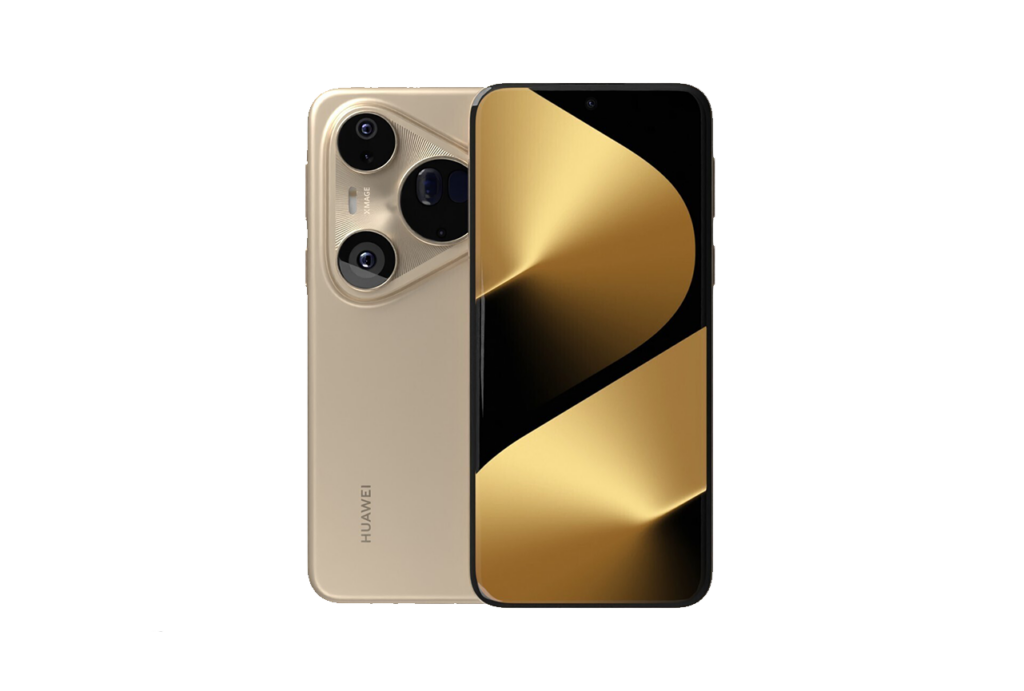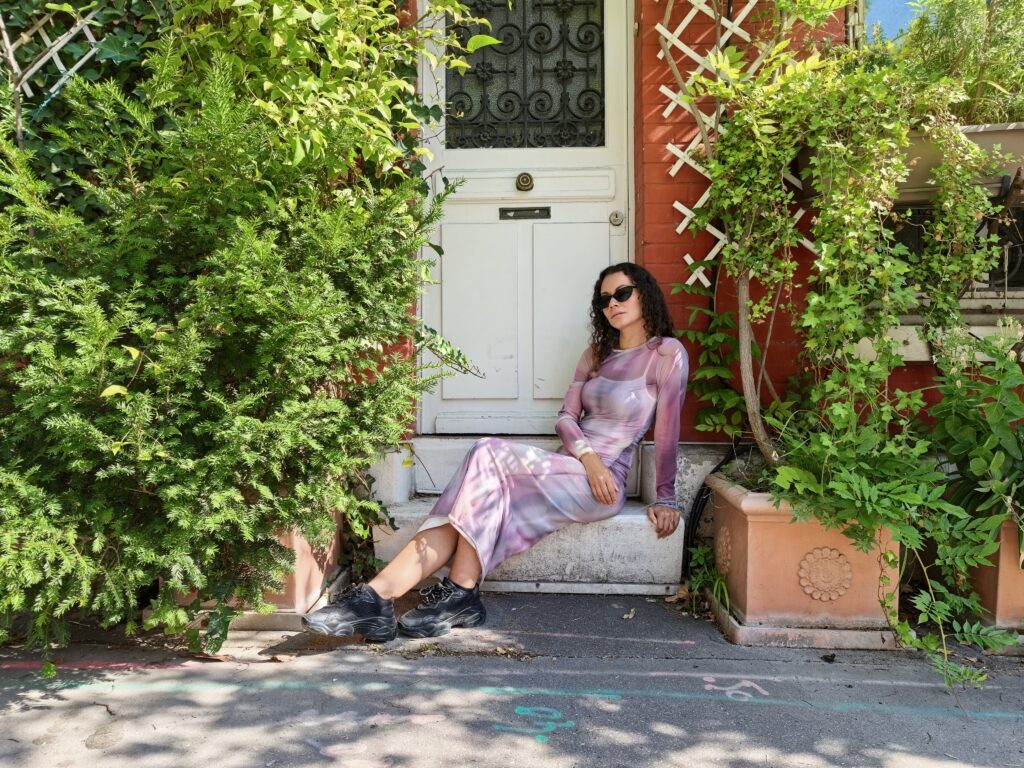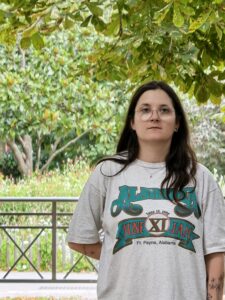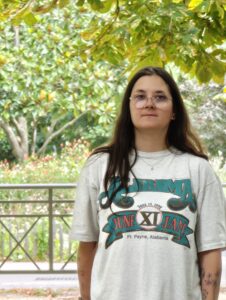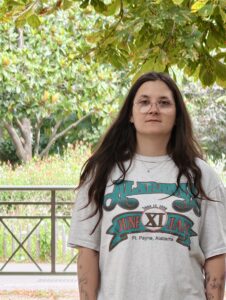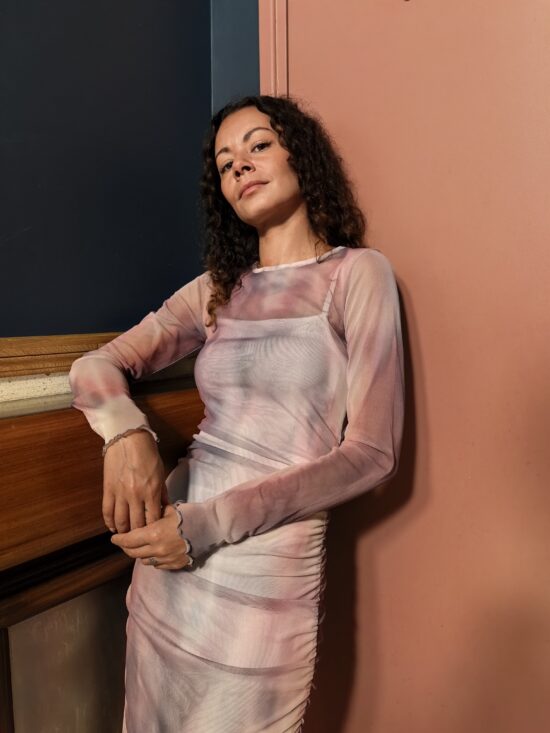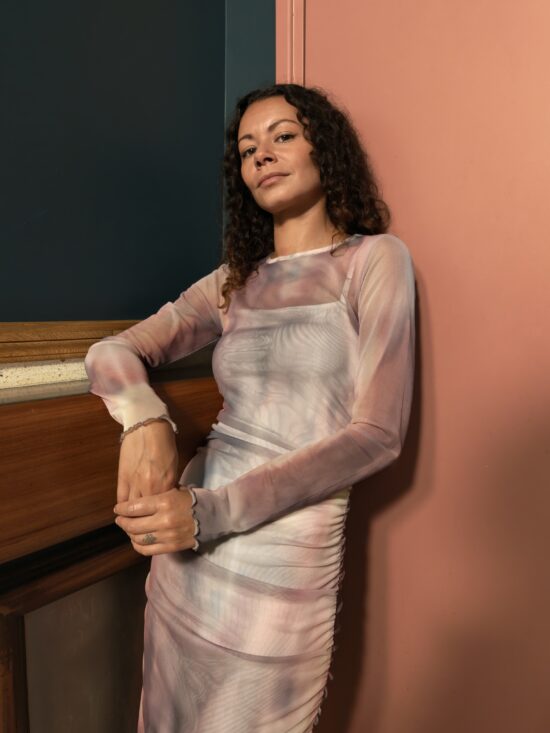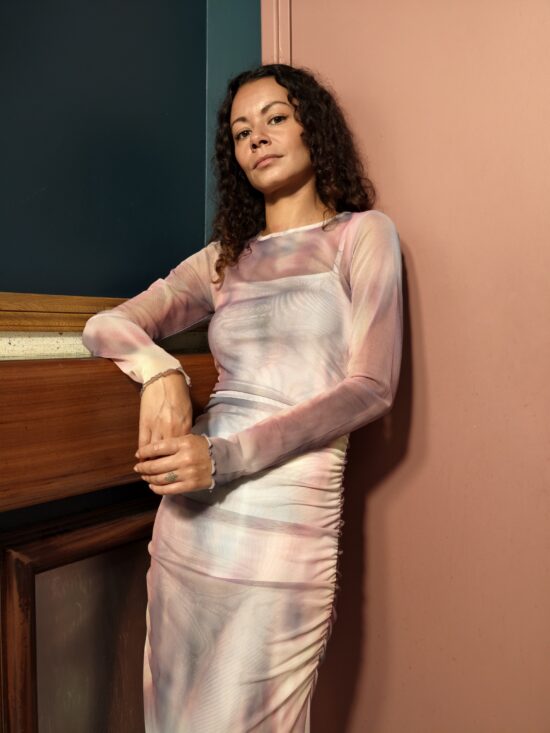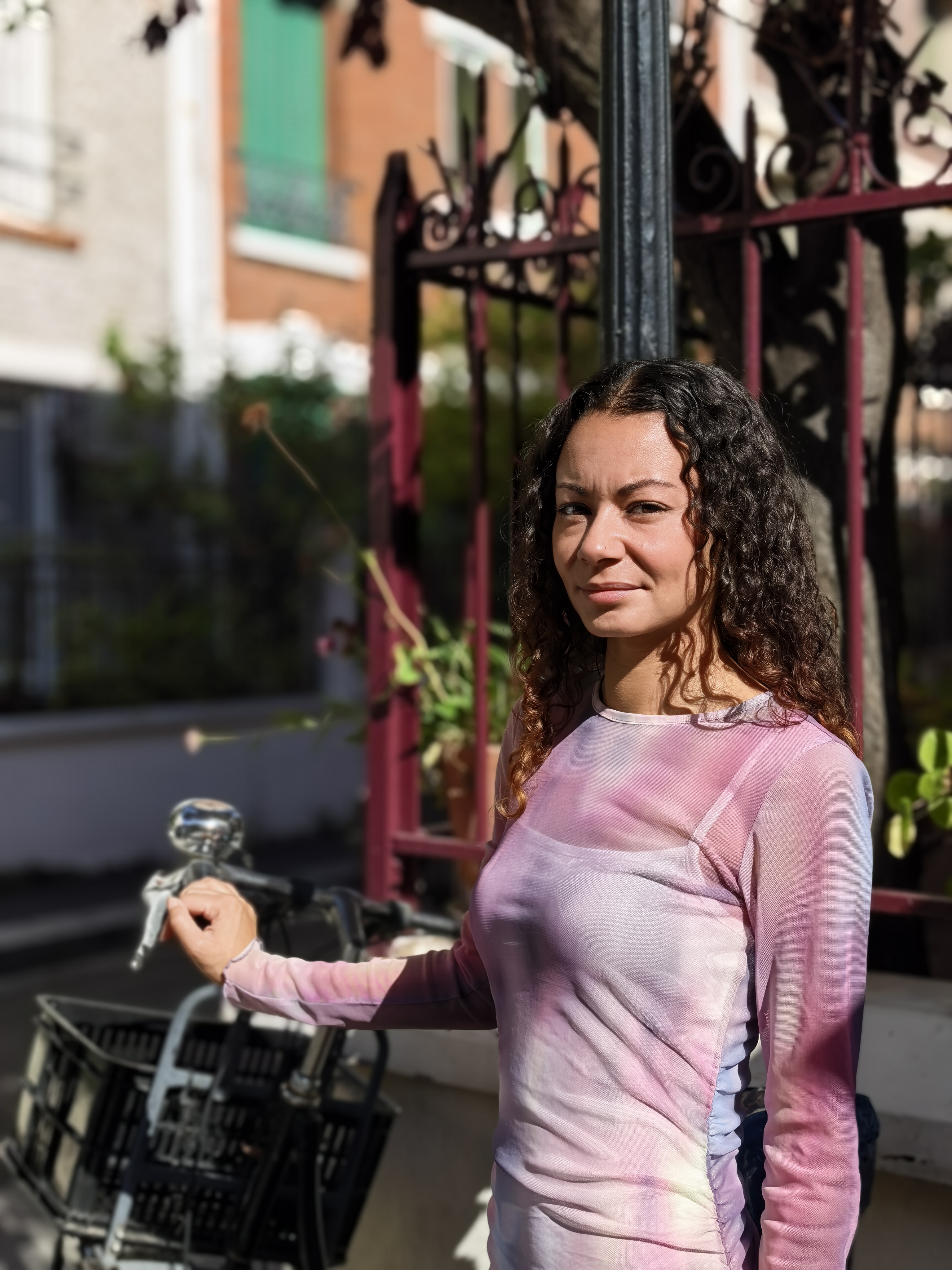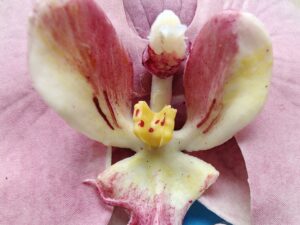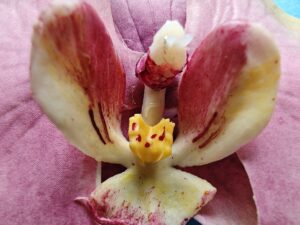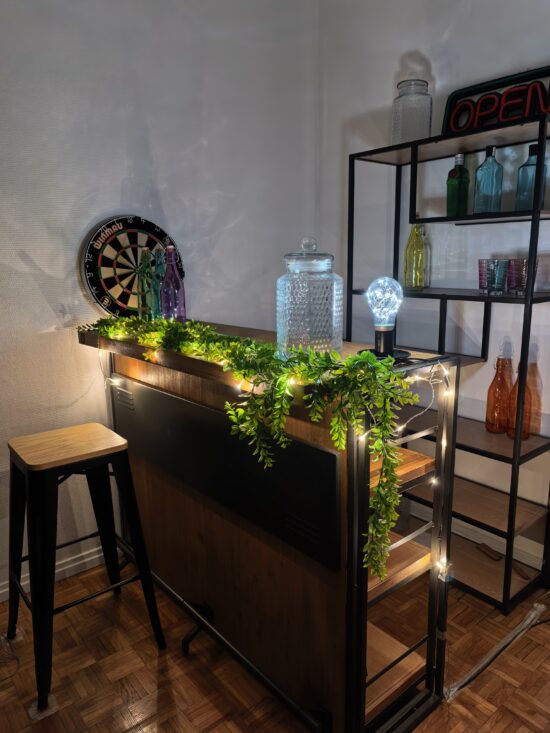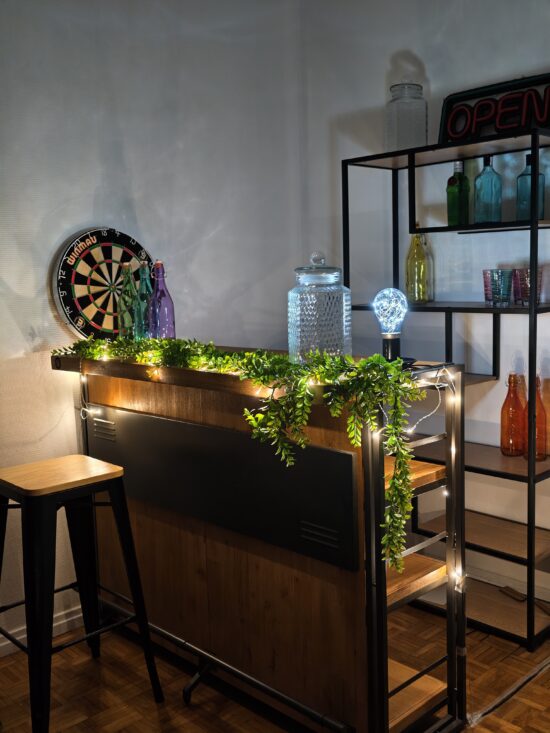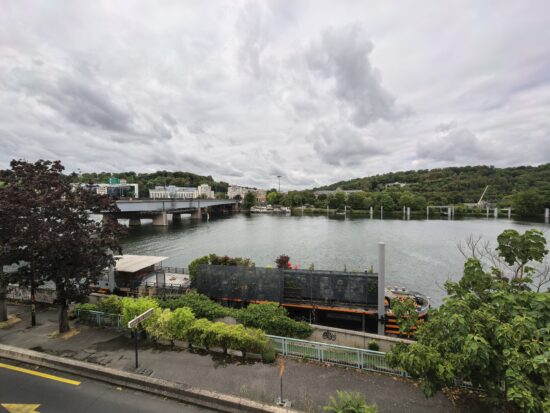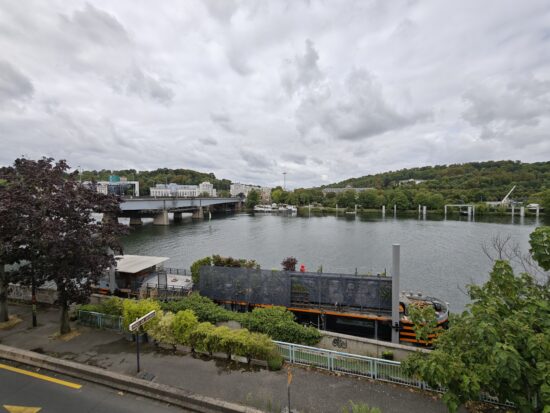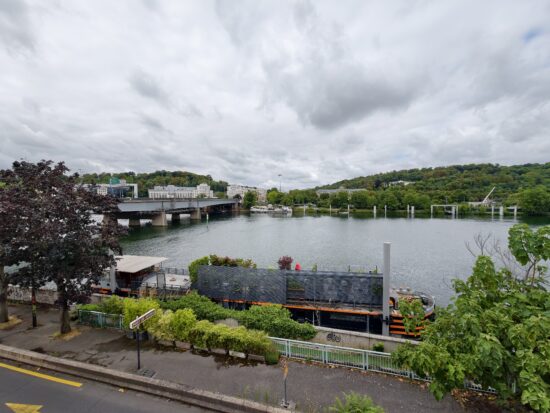We put the Huawei Pura 80 Ultra through our rigorous DXOMARK Camera test suite to measure its performance in photo, video, and zoom quality from an end-user perspective. This article breaks down how the device fared in a variety of tests and several common use cases and is intended to highlight the most important results of our testing with an extract of the captured data.
Overview
Key camera specifications:
- Primary: 50MP 1″ sensor, 1.6µm pixels, 22.5mm equivalent f/1.6-4 aperture lens, dual pixel PDAF, OIS
- Ultra-wide: 40MP 1/2.8″ sensor, 0.7µm pixels, 13mm equivalent f/2.2-aperture lens
- Tele: 50MP 1/1.28″ sensor, PDA, OIS (used by both periscope style tele lenses)
- Tele lens 1: 83mm equivalent f/2.4-aperture lens, 50MP image output
- Tele lens 2: 212mm equivalent f/3.6-aperture lens, 12.5MP image output
Scoring
Sub-scores and attributes included in the calculations of the global score.

Huawei Pura 80 Ultra


Use cases & Conditions
Use case scores indicate the product performance in specific situations. They are not included in the overall score calculations.
Portrait
Portrait photos of either one person or a group of people
Outdoor
Photos & videos shot in bright light conditions (≥1000 lux)
Indoor
Photos & videos shot in good lighting conditions (≥100lux)
Lowlight
Photos & videos shot in low lighting conditions (<100 lux)
Zoom
Photos and videos captured using zoom (more than 1x)
Pros
- Wide dynamic range and accurate exposure
- Excellent color rendering in most situations, ahead of competition in difficult scenes
- Nice skin tones, even under challenging mixed lighting
- High levels of detail in photo and video in most conditions
- Accurate autofocus and wide depth of field when required
- Low photo noise levels, even down to low light
- Good portrait mode with high levels of detail and good subject isolation
- Very wide ultra-wide camera, good image quality in most conditions
- Effective dual-tele module, great for long range shooting
- Very effective video stabilization
The Huawei Pura 80 Ultra sets a new standard in mobile imaging, earning itself the highest ever DXOMARK Camera score and the top spot in our ranking.The new Huawei flagship device combines cutting edge hardware, including a 1-inch sensor with LOFIC technology (Lateral OverFlow Integration Capacitor is an advanced pixel design that aims at increasing dynamic range by temporarirly storing excess of light to prevent saturation, while keeping low noise and suppressing the risk of artifacts on motion areas that usually happen with multi-exposure), note that some few devices like the Honor Magic 6 Ultimate already featured this kind of technology in the past. In addition it has a multispectral sensor for improved color management, and a variable aperture on the primary camera.A dual tele setup with 3.7x and 9.4x optical zoom lenses offers a lot of flexibility when zooming.
The Pura 80 Ultra camera delivers exceptional image quality across all use cases. It excels in photo mode, with bright and accurate exposures, even in low light scenes, lifelike color rendering, even in mixed light, thanks to the multispectral sensor, as well as a fast and reliable autofocus system.
The variable aperture adds flexibility when capturing group portraits, maintaining sharpness across subjects in all depth planes. Detail is outstanding, with minimal noise, even in challenging conditions. The zoom performance is equally impressive, with the Pura 80 Ultra outperforming competitors at long tele settings. Images taken at high magnification levels have crisp detail, as well as consistent exposure and color.
The ultra-wide camera module offers a very expansive field of view, minimal artifacts and cohesive rendering. Portrait mode delivers a natural looking bokeh effect, with precise subject isolation and strong background blur. Faces are rendered brightly and with a lot of detail, even in dim conditions. In video mode, the Pura 80 Ultra shows major improvements over its predecessor, the Pura 70 Ultra, especially in terms of skin tone rendering, texture retention and noise control. Video stabilization is highly effective, and zoomed video retains excellent detail and clarity, earning the Pura 80 Ultra a place among the best devices for video recording.
The performance in low light is one of the Pura 80 Ultra’s most impressive aspects. Here the camera clearly benefits from the power of its large 1-inch sensor and advanced image processing. High levels of detail are retained, even in very dim conditions, and the low noise levels do not come at the expense of texture or clarity. In addition, exposure remains accurate, with a wide dynamic range that keeps highlights from clipping and preserves shadow detail.
Noise is exceptionally well controlled, even in very low light, with minimal grain and little to no smearing of textures. The variable aperture plays a significant role here, allowing the device to gather more light when necessary. Here the f/1.6 aperture helps maintain good exposure without increasing ISO too aggressively. White balance remains generally accurate, producing natural tones, but minor inconsistencies can appear in mixed lighting, such as urban night scenes with multiple light sources.
In addition, the autofocus system performs reliably in the dark. Thanks to laser AF and computational enhancements, sharpness on subjects is ensured without focus hunting. Overall, the Pura 80 Ultra is a top performer in night and low light photography, rivaling some dedicated compact cameras in term of both clarity and dynamic rendering.
The Pura 80 Ultra also shines in portraiture, delivering images that are both flattering and rich in visual detail. Leveraging its variable aperture and depth-sensing technologies, it creates natural-looking background blur and excellent subject isolation. Bokeh quality is smooth and visually appealing, with good depth estimation that ensures a natural look of background blur transitions around the subject. Skin tone rendering is typically accurate and pleasant, thanks to the help of a new multispectral sensor which allows for local colors adjustments without any impact on faces. This makes for lifelike portrait shots. In addition, AI assistance is available to guide the user in terms of composition.
White balance and colors are generally well managed, even in mixed lighting situations. Color can be modified by applying one of four different styles that Huawei offers on this device. Each style can be further personalized to your liking in terms of exposure and color.
The wide depth of field and reliable autofocus system help maintain sharpness on the subject’s eyes at all times and texture retention in facial features is excellent, without any oversharpening, resulting in a natural and refined aesthetic. Thanks to the combination of all these factors, the Pura 80 Ultra is an excellent smartphone for taking both casual and artistic portraits.
Zoom is a standout feature on the Pura 80 Ultra, backed by two dedicated long-range telephoto lenses that provide both reach and versatility. The use of a built-in long telephoto module with an equivalent focal length of 212mm is a first on a smartphone. At medium and long range tele settings, the camera captures very high levels of detail across the frame, maintaining sharpness and structure, even in distant subjects.
Color accuracy and exposure are well-maintained during zoom operation, and remain consistent with the primary camera image output. The Pura 80 Ultra also does very well when zooming out, with the ultra-wide camera capturing good detail across the frame, making it a good option for architecture or landscape photography, as well as group shots. However, at close range tele, detail can sometimes dip compared to longer zoom settings. This can result in slight softness or reduced texture fidelity when shooting subjects at a distance just beyond the primary camera’s reach.
Zoom transitions are smooth in photo mode, but minor inconsistencies can be noticeable at tele zoom settings between the tele lenses’ native focal lengths. Despite this, the Huawei is one of the best-in-class devices for zooming. Overall, the Pura 80 Ultra offers highly flexible and powerful zoom capabilities, outperforming many competitors, thanks to its dual-telephoto architecture. It’s a great smartphone for capturing anything from wildlife and travel scenes to candid street photography without having to crop in post.
Test summary
About DXOMARK Camera tests: DXOMARK’s camera evaluations take place in laboratories and real-world situations using a wide variety of use-cases. The scores rely on objective tests for which the results are calculated directly using measurement software in our laboratory setups, and on perceptual tests where a sophisticated set of metrics allow a panel of image experts to compare aspects of image quality that require human judgment. Testing a smartphone involves a team of engineers and technicians for about a week. Photo and Video quality are scored separately and then combined into an overall score for comparison among the cameras in different devices. For more information about the DXOMARK Camera protocol, click here. More details on smartphone camera scores are available here. The following section gathers key elements of DXOMARK’s exhaustive tests and analyses. Full performance evaluations are available upon request. Please contact us on how to receive a full report.
For scoring and analysis, DXOMARK engineers capture and evaluate more than 3,800 test images in controlled lab environments as well as outdoor, indoor and low-light natural scenes, using the camera’s default settings. The photo protocol is designed to take into account the main use cases and is based on typical shooting scenarios, such as portraits, landscape and zoom photography. The evaluation is performed by visually inspecting images against a reference of natural scenes, and by running objective measurements on images of charts captured in the lab under different lighting conditions from 0.1 to 10,000+ lux and color temperatures from 2,300K to 6,500K.
The Huawei Pura 80 Ultra delivers a class-leading photo experience, driven by a combination of standout imaging hardware and refined computational photography. At the heart of the camera system is a large 1-inch sensor with a wide dynamic range. It is complemented by a multispectral sensor and a variable aperture, which in combination enable exceptional image quality across a wide range of scenes and lighting conditions. The Pura 80 Ultra camera consistently achieves excellent exposure, even in low light, thanks to the large sensor and wide aperture. At the same time, tuning ensures bright faces with natural rendering. This is particularly noticeable in portraiture and backlit scenes.
Compared to previous generation Huawei flagship devices, color rendering has made a significant step forward. The integration of a multispectral sensor allows for highly accurate and nice colors, even in complex lighting situations where the competition sometimes struggles to maintain consistency across the frame. The variable aperture in the primary camera offers additional versatility, especially when shooting group portraits, where it helps keep all subjects in focus, without compromising background separation.
The autofocus is another strong point of the Pura 80 Ultra. It is fast, reliable, and repeatable, ensuring sharp results in both static and dynamic scenes. Detail is outstanding, with crisp textures and fine, cleanly rendered structures, even in low light. Noise is impressively well under control, allowing for high levels of clarity without sacrificing natural textures. Overall, the Huawei Pura 80 Ultra sets a new benchmark for mobile photography, combining hardware excellence with intelligent software processing.
Close-Up
The Pura 80 Ultra improves the already class-leading close-up performance of its predecessor Pura 70 Ultra. By default it uses the ultra-wide camera for macro shots, but also allows you to select the tele module for a more compressed perspective. Macro quality is consistently high using either camera module, with sharp detail, good subject isolation and pleasant colors.
Exposure is one of the key attributes for technically good pictures. The main attribute evaluated is the brightness level of the main subject through various use cases such as landscape, portrait, or still life. Other factors evaluated are the global contrast and the ability to render the dynamic range of the scene (ability to render visible details in both bright and dark areas). When the camera provides Photo HDR format, the images are analyzed with a visualization on an HDR reference monitor, under reference conditions specified in the ISO-22028-5 standard. Repeatability is also important because it demonstrates the camera's ability to provide the same rendering when shooting several images of the same scene.
Exposure is one of the Pura 80 Ultra’s strongest attributes. Thanks to the combination of the large image sensor in the primary camera with a new HDR technology and advanced processing, the device delivers accurate exposure with excellent dynamic range across a variety of lighting conditions. Highlights and shadows are well-balanced, allowing for natural-looking images, even in high-contrast scenes. The camera system intelligently adapts to challenging situations, consistently retaining good highlight and shadow detail alike.
Color is one of the key attributes for technically good pictures. The image quality attributes analyzed are skin-tone rendering, white balance, color shading, and repeatability. For color and skin tone rendering, we penalize unnatural colors according to results gathered in various studies and consumer insights while respecting the manufacturer's choice of color signature.
The Pura 80 Ultra offers largely nice color rendering, capturing vibrant yet natural tones and accurate skin color. The multispectral sensor ensures accurate white balance and its ability to make local adjustments within a scene helps maintain tonal consistency across the frame, even in mixed lighting. It also makes for lifelike skin tones, adjusting for external light sources, such as neon illumination in night scenes. Overall, color fidelity is excellent in most conditions.

Autofocus tests concentrate on focus accuracy, focus repeatability, shooting time delay, and depth of field. Shooting delay is the difference between the time the user presses the capture button and the time the image is actually taken. It includes focusing speed and the capability of the device to capture images at the right time, what is called 'zero shutter lag' capability. Even if a shallow depth of field can be pleasant for a single subject portrait or close-up shot, it can also be a problem in some specific conditions such as group portraits; Both situations are tested. Focus accuracy is also evaluated in all the real-life images taken, from infinity to close-up objects and in low light to outdoor conditions.
Our testers found the autofocus system to be robust and responsive, contributing to a pleasant and stress-free shooting experience. Thanks to the variable aperture, the camera can adjust depth of field to the scene and maintain good focus on all subjects in group shots. The AF locks onto subjects quickly and tracks reliably, even in moving or complex scenes. Overall, the autofocus is accurate and repeatable, helping minimize out-of-focus shots, even in scenes with fast moving subjects.
Texture tests analyze the level of details and the texture of subjects in the images taken in the lab as well as in real-life scenarios. For natural shots, particular attention is paid to the level of details in the bright and dark areas of the image. Objective measurements are performed on chart images taken in various lighting conditions from 0.1 to 10,000+ lux and different kinds of dynamic range conditions. The charts used are the proprietary DXOMARK chart (DMC), and the Dead Leaves chart. We also have an AI based metric for the level of details on our realistic mannequins Eugene and Diana.
The Pura 80 Ultra delivers very sharp images and maintains high levels of detail across all lighting conditions, thanks, in part, to its large image sensor and advanced image processing. Texture rendering is natural and refined, avoiding excessive oversharpening and preserving fine detail in textures, such as fabric, skin, or foliage. Even in lower light, detail is retained well. However, in some extreme conditions, minor texture artifacts can be noticeable, slightly reducing the perceived sharpness and natural look. Despite these minor quibbles, texture performance remains a strong point.

Noise
Huawei Pura 80 Ultra
129
Noise tests analyze various attributes of noise such as intensity, chromaticity, grain, structure on real-life images as well as images of charts taken in the lab. For natural images, particular attention is paid to the noise on faces, landscapes, but also on dark areas and high dynamic range conditions. Noise on moving objects is also evaluated on natural images. Objective measurements are performed on images of charts taken in various conditions from 0.1 to 10000 lux and different kinds of dynamic range conditions. The chart used is the Dead Leaves chart and the standardized measurement such as Visual Noise derived from ISO 15739.
Image noise is controlled extremely well, even in very low light. Grain is effectively suppressed while texture and detail are maintained. This is a delicate balance that many smartphone cameras struggle with. In night scenes, the Pura 80 Ultra’s noise performance is class-leading, though top competition is very close. Advanced noise reduction algorithms help maintain clean images without aggressive smoothing of detail. Noise artifacts are rare and generally only noticeable when shooting in particularly difficult scenes, or when amplifying the image during review. Overall, balance between detail retention and noise reduction is excellent.

Artifacts
Huawei Pura 80 Ultra
80
The artifacts evaluation looks at flare, lens shading, chromatic aberrations, geometrical distortion, edges ringing, halos, ghosting, quantization, unexpected color hue shifts, among others type of possible unnatural effects on photos. The more severe and the more frequent the artifact, the higher the point deduction on the score. The main artifacts observed and corresponding point loss are listed below.
Bokeh is tested in one dedicated mode, usually portrait or aperture mode, and analyzed by visually inspecting all the images captured in the lab and in natural conditions. The goal is to reproduce portrait photography comparable to one taken with a DLSR and a wide aperture. The main image quality attributes paid attention to are depth estimation, artifacts, blur gradient, and the shape of the bokeh blur spotlights. Portrait image quality attributes (exposure, color, texture) are also taken into account.
Bokeh mode on the Huawei Pura 80 Ultra is outstanding, setting a new benchmark for portrait photography on mobile devices. Thanks to a combination of advanced segmentation algorithms and powerful hardware, subject isolation from the background is highly accurate, even in challenging scenes and around fine detail, such as strands of hair, jewelry, or eyeglass frames. This precision allows for a depth of field effect that closely resembles the rendering of high-end DSLR lenses, making for a professional and natural look.
The background blur is both intense and well-controlled, creating a strong separation between subject and background while maintaining a smooth and visually pleasing gradient. Blur transitions are handled very well, avoiding harsh edges or unnatural artifacts, enhancing the overall realism of the image.
The subject remains crisp and well-defined, with excellent textures and a bright, flattering facial rendering. This is something that the previous generation of devices often struggled with. Bokeh performance holds up even in low light conditions, where many competitor tend to struggle with noise and loss of detail. This consistency across light conditions make the Huawei Pura 80 Ultra a reliable choice for portrait photography in daylight, indoors, or at night.
All image quality attributes are evaluated at focal lengths from approximately 40 mm to 300 mm, with particular attention paid to texture and detail. The score is derived from a number of objective measurements in the lab and perceptual analysis of real-life images.
The Huawei Pura 80 Ultra achieves a new top score for telephoto performance, thanks to its ambitious two-in-one tele module design, a large sensor and fast lenses, including one with a very long 212mm equivalent focal length. The unique tele module mechanism switches between lenses depending on the zoom level, allowing for the use of only one sensor.
This design, in combination with the excellent image processing, results in telephoto images with very high levels of detail, low noise and very accurate color rendering, and the Pura 80 Ultra taking the top spot for tele performance, ahead of the Vivo X200 Ultra.

UltraWide
Huawei Pura 80 Ultra
169
These tests analyze the performance of the ultra-wide camera at several focal lengths from 12 mm to 20 mm. All image quality attributes are evaluated, with particular attention paid to such artifacts as chromatic aberrations, lens softness, and distortion. Pictures below are an extract of tested scenes.
The Pura 80 Ultra’s 13mm ultra-wide camera module offers a very wide field of view and captures images with very high levels of detail. This said, like on most phones, ultra-wide detail is slightly lower than on the other camera modules. Compared to the Vivo X200’s ultra-wide, detail is not quite as sharp on at the center of the frame, but at the widest setting the sharpness difference between center and edges is less noticeable. Exposure, dynamic range and color rendering are very good when compared to rival devices, even in difficult light conditions.
DXOMARK engineers capture and evaluate almost 3 hours of video in controlled lab environments and in natural low-light, indoor and outdoor scenes, using the camera’s default settings. The evaluation consists of visually inspecting natural videos taken in various conditions and running objective measurements on videos of charts recorded in the lab under different conditions from 0.1 to 10000+ lux and color temperatures from 2,300K to 6,500K.
The Pura 80 Ultra’s video performance positions it firmly among the top smartphones in its class. The Huawei delivers an excellent balance between detail retention and noise reduction, as well as smooth stabilization across most use cases and light conditions, and marks a significant step forward compared to its predecessor, the Pura 70 Ultra, particularly in terms of texture and noise. The video processing algorithms have clearly been improved. Thanks to an efficient autofocus system, a wide dynamic range and nice color, the Pura 80 Ultra is a great choice for casual and enthusiast mobile videographers alike. However, minor flaws, such as occasional white balance and exposure instabilities or texture artifacts in the most difficult shooting conditions slightly temper the otherwise stellar video performance.

Main
Huawei Pura 80 Ultra
179
Exposure tests evaluate the brightness level of the main subject, the global contrast and the ability to render the dynamic range of the scene (ability to render visible details in both bright and dark areas). When the camera provides Video HDR format, the videos are analyzed with a visualization on an HDR reference monitor, under reference conditions specified in the metadata. Stability and temporal adaption of the exposure are also analyzed.
The Pura 80 Ultra excels in video exposure management, offering a wide dynamic range that ensures good highlight and shadow detail across a variety of light conditions. In addition, video exposure is generally stable and reliable, with minimal fluctuations during brightness transitions. This stability contributes to a consistently professional look of the recorded footage, and high contrast levels, for example in backlit scenes, or when capturing scenes with changing light.

Color
Huawei Pura 80 Ultra
126
Image-quality color analysis looks at color rendering, skin-tone rendering, white balance, color shading, stability of the white balance and its adaption when light is changing.
Video color is another standout attribute of the Pura 80 Ultra, thanks to vivid yet natural tones, accurate skin tones and a pleasing color palette in most conditions. This is a notable improvement over the predecessor Pura 70 Ultra, with the new model benefiting from its new spectral sensor and an overall focus on color rendering. This said, while the overall color performance is excellent, occasional white balance instabilities can result in slight color shifts, especially under challenging light.

Autofocus
Huawei Pura 80 Ultra
124
For video, autofocus tests concentrate on focus accuracy, focus stability and analysis of convergence regarding speed and smoothness.
Autofocus performance is another highlight of the Pura 80 Ultra. It demonstrates fast and precise focusing capabilities, even when subjects move quickly or unpredictably. The device’s subject tracking is effective and reliable, ensuring sharp focus is maintained on the intended subject throughout the duration of a shot. This responsiveness significantly enhances usability, particularly in dynamic scenes or while capturing spontaneous moments.
Texture tests analyze the level of details and texture of the real-life videos as well as the videos of charts recorded in the lab. Natural videos recordings are visually evaluated, with particular attention paid to the level of details in the bright and areas as well as in the dark. Objective measurements are performed of images of charts taken in various conditions from 0.1 to 10000 lux. The charts used are the DXOMARK chart (DMC) and Dead Leaves chart.
Video texture is notably improved over the Pura 70 Ultra, with the new model retaining higher levels of detail across various light conditions, including low light, where many devices tend to smooth textures aggressively. This sharpness contributes to a more refined and professional-looking video output and helps the Pura 80 Ultra achieve a very high position in our video ranking.

Noise
Huawei Pura 80 Ultra
124
Noise tests analyze various attributes of noise such as intensity, chromaticity, grain, structure, temporal aspects on real-life video recording as well as videos of charts taken in the lab. Natural videos are visually evaluated, with particular attention paid to the noise in the dark areas and high dynamic range conditions. Objective measurements are performed on the videos of charts recorded in various conditions from 0.1 to 10000 lux. The chart used is the DXOMARK visual noise chart.
The Pura 80 Ultra does also very well in terms of noise control. It is capable of effectively mitigating noise in most light conditions, including indoors and at night, without sacrificing detail. The improvements over the previous generation device are clearly noticeable and contribute to cleaner, more visually appealing footage. The balance between texture and noise suppression is especially commendable, as it avoids the overly processed look seen in smartphone videos in the past.

Stabilization
Huawei Pura 80 Ultra
122
Stabilization evaluation tests the ability of the device to stabilize footage thanks to software or hardware technologies such as OIS, EIS, or any others means. The evaluation looks at residual motion, smoothness, jello artifacts and residual motion blur on walk and run use cases in various lighting conditions. The video below is an extract from one of the tested scenes.
Video stabilization is highly effective and plays a key role in delivering smooth, shake-free video clips. Footage remains steady and natural-looking while walking and during handheld panning, ensuring high-quality video results for users of all experience levels. The system performs particularly well when recording with the primary camera and when zooming, even with a lot of camera motion during recording.

Artifacts
Huawei Pura 80 Ultra
87
Artifacts are evaluated with MTF and ringing measurements on the SFR chart in the lab as well as frame-rate measurements using the LED Universal Timer. Natural videos are visually evaluated by paying particular attention to artifacts such as aliasing, quantization, blocking, and hue shift, among others. The more severe and the more frequent the artifact, the higher the point deduction from the score. The main artifacts and corresponding point loss are listed below.

Tele
Huawei Pura 80 Ultra
140
All image quality attributes are evaluated at focal lengths from approximately 50 mm to 300 mm, with particular attention paid to texture and smoothness of the zooming effect. The score is derived from a number of objective measurements in the lab and perceptual analysis of real-life video recordings.

UltraWide
Huawei Pura 80 Ultra
145
All image quality attributes are evaluated at focal lengths from approximately 12 mm to 30 mm, with particular attention paid to texture and smoothness of the zooming effect. The score is derived from a number of objective measurements in the lab and perceptual analysis of real-life video recordings.
With its ultra-wide camera and dual tele modules, the Pura 80 Ultra offers a wide range of video zoom. Zoom videos offer fairly high levels of detail, with good exposure and accurate color rendering in most conditions. However, some variation of image quality can be seen across the very long zoom range. Some competitors offer a smoother experience in this respect.


